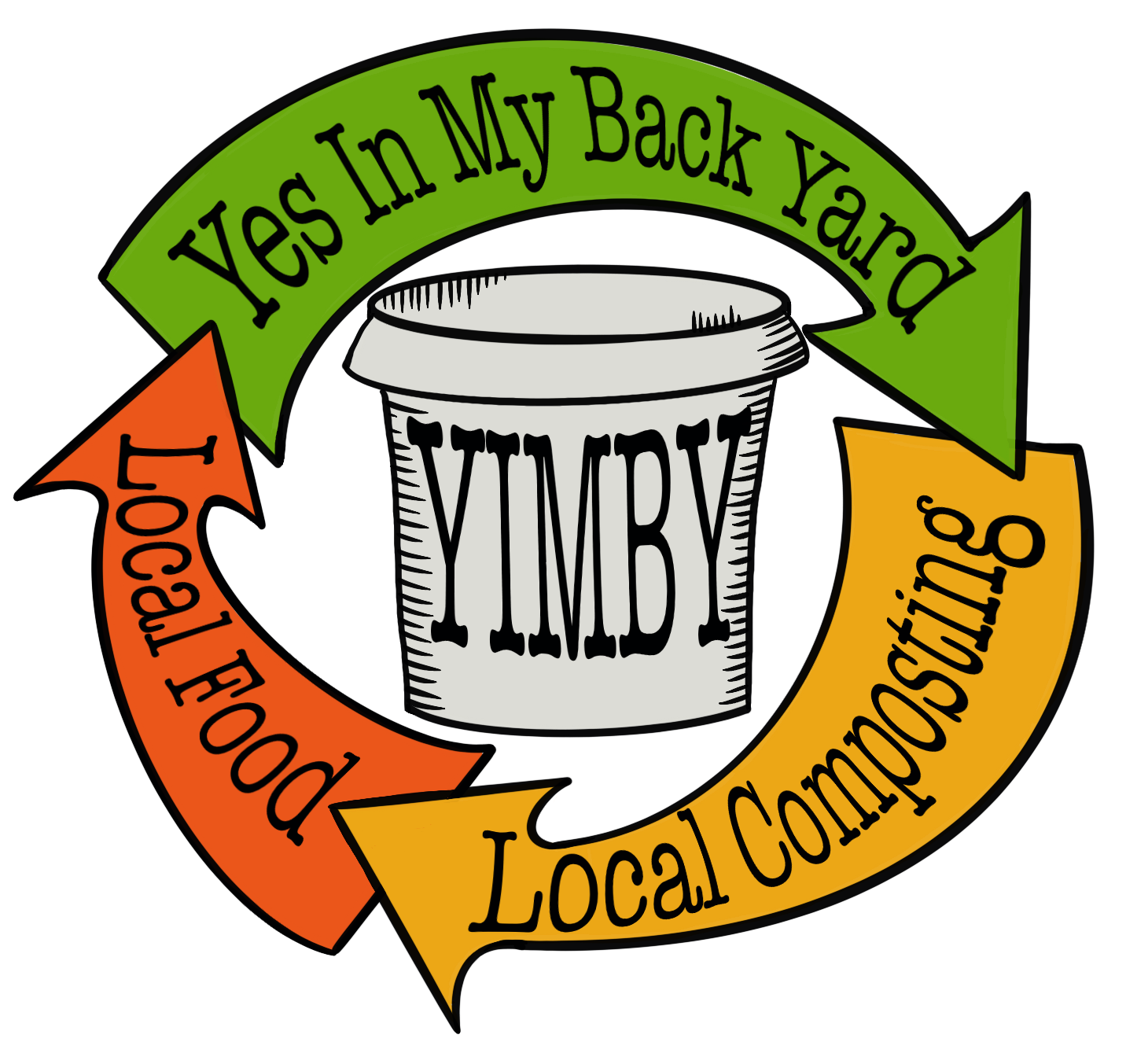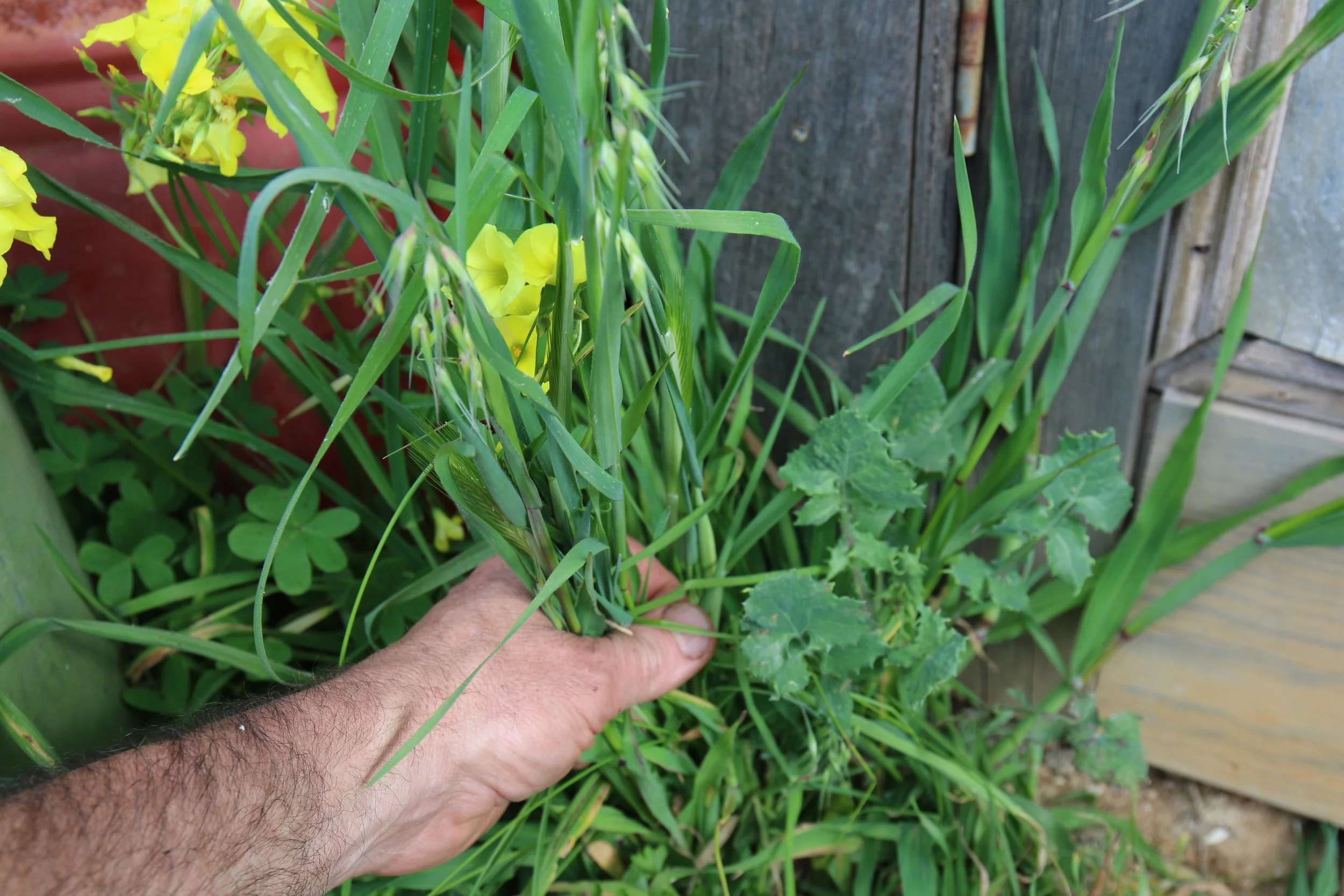spring in ya’ (compost) step
Spring compost inspiration
Can you feel it in the air, see it in the blossom and smell it on the breeze? I’m sure you can. Spring is well and truly here.
The gardeners amongst us are either out in the garden getting things ready for the season ahead, or, if stuck inside, are itching to be out in the garden. There is always so much to do in our Spring gardens.
If you have been diligent and your compost system has been working very well, you will have lots of that rich, dark, sticky garden goodness ready to spread on the soil and work lightly into the surface of your beds. But you are probably more like most gardeners I know, and you wish you had barrow-loads more compost to be generous with.
LUSH WEEDS
Spring’s weedy abundance is gold for our compost piles, and our future garden will thank us for any time spent collecting and these free compost gifts now.
Spring is a time of great growth and profusion, the plants that have been limping along over winter, finally put on an amazing growth-spurt, and every opportunistic, weedy species in every bed, nook and path of our garden is quite literally ‘making hay while the sun shines’.
This spring abundance is gold for our compost piles, and our future garden will thank us for any time spent collecting and collating these free compost gifts now.
Lush green grass clippings are high in nitrogen and are an amazing ‘green manure’ boon (if we have avoided noxious sprays! Please do), but can create a heavy wet, airless layer in our compost pile if we make a thick layer of them. Always blend grass clippings with layers of woody material like leaves, straw or aged wood-chips and keep the layers thin.
The longer, leggier green growth of many of our common weedy-species are also rich in nitrogen, but have more carbon in their stem structure and are pretty close to the perfectly balanced compost ingredient (carbon:nitrogen, moisture content and density).
Taller stemmed plants are ideally cut or pulled before they set seed (if we are not hitting the ‘safe’ temperatures of an over 55 degree hot compost pile) and we need to chop the stems into manageable lengths (20cm / 200mm is great) before layering them in our compost pile.
If we leave the stems at full length, we often create large air pockets in our piles that keep our ingredients apart, dry things out too much and stall the composting process. Turning our compost will be nightmarish, with long stems knitting the pile together and making every fork-full impossibly heavy.
Even if you have a mountain of Spring weeds, enough to make a compost pile on its own, don’t forget the diversity principle. Compost piles do so much better if you have at least 5, if not 10 (or more) different ingredients in your blend.
Spring is a great time to be out building compost piles and converting all that sun energy, via photosynthesis, into the future food and soil builder of our garden.
Next week we’ll have a look at pre-soaking compost ingredients in the dryer months.
AUTHOR: JOEL MEADOWS
Joel Meadows works with Yes In My Back Yard, (YIMBY), a community-scale composting initiative in Castlemaine and surrounds. Send questions or comments to hello@yimbycompost.com
This article first appeared in Midlands Express on 26 September 2023. Read it here.

